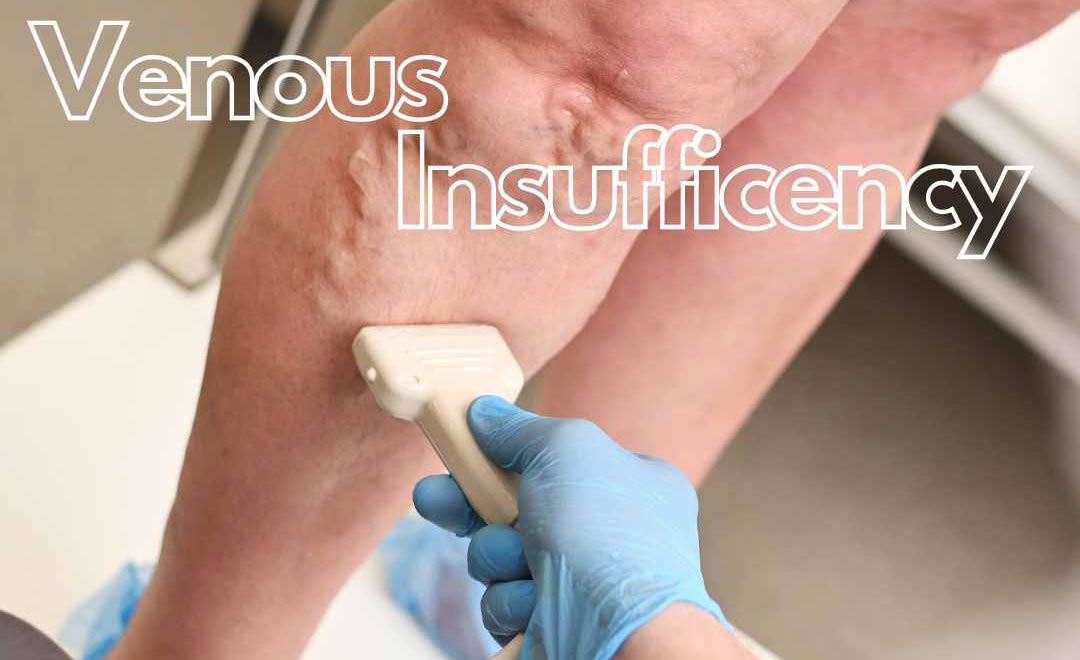A Look at What Causes the Venous Insufficiency that Leads to Varicose Veins
 Varicose veins are a common concern that affects both men and women. They are usually harmless but sometimes can lead to complications such as ulcers, blood clots, and bleeding. For patients who are seeking treatment for varicose veins, it is important to understand the underlying cause of this condition to ensure that it is treated effectively. In this blog post, we will be discussing what causes venous insufficiency that leads to varicose veins.
Varicose veins are a common concern that affects both men and women. They are usually harmless but sometimes can lead to complications such as ulcers, blood clots, and bleeding. For patients who are seeking treatment for varicose veins, it is important to understand the underlying cause of this condition to ensure that it is treated effectively. In this blog post, we will be discussing what causes venous insufficiency that leads to varicose veins.
What is Venous Insufficiency?
Venous insufficiency is a condition in which the veins in the legs are unable to efficiently return blood to the heart. When our leg muscles contract, they push blood through the arteries and veins, back to the heart. The veins contain valves that prevent blood from flowing backward. But, in venous insufficiency, these valves are weakened or damaged, causing blood to flow backward and pool in the veins in the legs. This pooling of blood results in varicose veins.
Risk Factors
There are several factors that can increase the risk of developing venous insufficiency and varicose veins. Some of these include age, family history, pregnancy, obesity, and prolonged standing or sitting. People who have had deep vein thrombosis (DVT) or blood clots in the legs are also at risk.
Symptoms
The most common symptom of venous insufficiency and varicose veins is the appearance of bumpy, bulging veins that are visible under the skin. Other symptoms may include swollen ankles, fatigue in the legs, pain or aching in the legs, and skin changes such as discoloration, dryness, or itching.
Treatment
Fortunately, there are several treatment options available for venous insufficiency and varicose veins. Some people may find relief from wearing compression stockings which help improve blood circulation. Other treatment options include endovenous laser therapy, radiofrequency ablation, or sclerotherapy. These minimally invasive procedures are done in the office and are effective in getting rid of varicose veins.
Prevention
Though venous insufficiency and varicose veins may not always be preventable, there are steps you can take to reduce your risk of developing them. Exercise regularly to improve blood circulation, maintain a healthy weight, and avoid prolonged periods of sitting or standing. Elevating your legs when you are seated can also help to improve blood flow to your legs.
The Solution
At West Florida Vein Center, we are experts at treating varicose and spider veins as well as all adjunct diseases that are connected to vein disease. Contact us today to schedule a consultation with one of our experienced physicians to discuss the best treatment option for you. Call 727-713-3233 or visit us online at www.WestFloridaVeinCenter.com to learn more!


 Under the expert guidance of our Board Certified Vascular Surgeon, Dr. Mark Zuzga, our team of Vein Specialists & Vascular Experts are committed to delivering top-tier outpatient vascular & vein evaluation and treatment throughout the greater Tampa & West Florida surrounding areas. Should you find yourself dealing with leg pain, swelling, ulcers, discoloration, or the appearance of spider and varicose veins, we invite you to request a screening today
Under the expert guidance of our Board Certified Vascular Surgeon, Dr. Mark Zuzga, our team of Vein Specialists & Vascular Experts are committed to delivering top-tier outpatient vascular & vein evaluation and treatment throughout the greater Tampa & West Florida surrounding areas. Should you find yourself dealing with leg pain, swelling, ulcers, discoloration, or the appearance of spider and varicose veins, we invite you to request a screening today